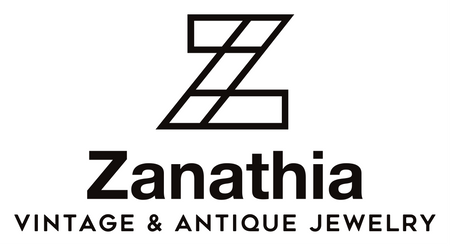
The interior of the Crystal Palace in London during the Great Exhibition of 1851. McNeven, J., The Foreign Department, viewed towards the transept, colored lithograph, 1851, Ackermann (printer), V&A. The interior of the Crystal Palace in London during the Great Exhibition of 1851. Courtesy of the Victoria and Albert Museum Collection. https://collections.vam.ac.uk/item/O85649/print-the-foreign-department-viewed-towards/the-foreign-department-viewed-towards-print-mcneven-j/
During the Victorian era, there were many innovative changes in the industry and the arts. Under Queen Victoria's reign (1837-1901), Britain staged the first International Exposition of Arts and Industry in 1851. The exposition provided a spacious arena for different nations to showcase their newest creative arts and industrial inventions. Prizes were awarded in four categories: sculpture, raw materials, machinery inventions, and plastic. The exhibition was located in a building constructed with glass and cast iron and resembled the shape of a parallelogram. Designed by Joseph Paxton and built by the Fox and Henderson firm, the building was called 'the Crystal Palace with its clear ceilings and walls.


Pugin's collection at the Great Exhibition inspired other jewelry makers, and the group revitalized several interests within the industry. Enameling techniques became trendier and highly sought after, which included the popular trend of 'taille d'Epargne' in the 1850s. This technique was mass produced by Birmingham firms and means 'saving cut' in French. The method included designs formed by engraved lines incised into the metal, usually filled with black opaque enamel.

The Great Exhibition of the Industry of All Nations in 1851 was not only a very successful convention, but it also inspired a series of others. The Crystal Palace Exposition of 1853 in the United States and the International Exhibition of 1853 in Paris were successful conventions inspired by the first 1851 original convention. The Great Exhibition was a main attraction and incentive for the public. Queen Victoria and her children enjoyed the way and visited several times. Many Victorians and international visitors were introduced to a variety of innovative and artistic creations across the world.

Although the original Crystal Palace was destroyed in 1936 by a massive fire, its legacy and namesake live on. Many 20th-century and modernly designed buildings have chosen the name 'Crystal Palace. The Great Exhibition of 1851 showcased the innovative designs of the Industrial Revolution Era and left an impressive mark historically significant in today's arts and industry markets.

